Nanostructured Materials - Research Overview
The research on nanostructured materials concentrates on the structure and properties of materials, which are characterized by typical dimensions of the structural units in the order of a few nanometers. Such structures with a high fraction of interfaces (surfaces, grain boundaries and phase boundaries) can be obtained in different morphologies: nanoparticles, thin films and bulk nanomaterials. A broad range of synthesis equipment, such as inert gas condensation (IGC), chemical vapor synthesis (CVS), nebulized spray pyrolysis (NSP), cluster deposition system, sputtering, molecular beam epitaxy (MBE), atomic layer deposition (ALD), pulsed laser deposition (PLD), is readily available to our researchers. For bulk nanostructured materials, we use extensively high-pressure torsion (HPT) as well as a range of consolidation and sintering techniques.
All of our research on nanostructured materials, independent of their particular morphology, can be categorized into two distinct groups: (1) materials whose properties are modified by the structural design of their internal interfaces leading to tailored properties and (2) materials whose properties can be fully reversibly modified by means of external fields leading to tunable properties. As shown in the figure 1 below, two groups of interfaces are thus created: structural and charged interfaces, for tailored and tunable properties, respectively. Based on our research on tunable properties of nanostructured materials, we have developed an approach for printed electronics using inorganic semiconductors and gating via a solid electrolyte.
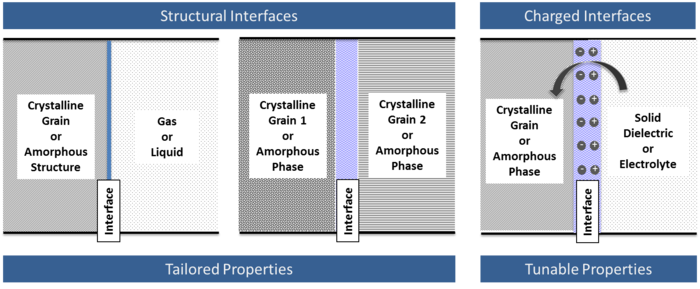
research unit 'Nanostructured Materials' with the goal to design functionalities of nanomaterials.
Understaning these features requires highly advances analysis methods. Among others we apply high-resolution electronic microscopy that allows us to follow processes in-situ on the atomic level.
Recently a new topic of using entropy-stabilized materials for various applications emerged. In these materials a mixture of many different component is formed into a single material stabilized by the structural entropy. Like this unprecedented features and synergetic behavoir of the individual components is possible.
Using our knowledge in cluster synthesis and deposition, we also investigate nanoglasses and properties of cluster assemblies in matrices as well as widening fundamental knowledge of the partice-wave dualism in cluster beams.
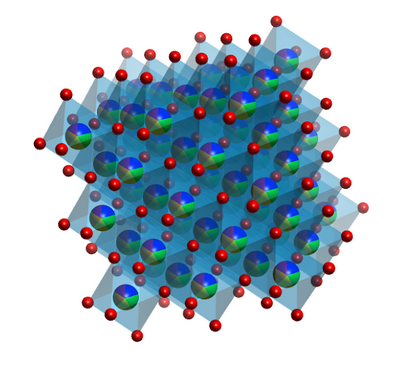
Novel materials with high-entropy stabilization for applications in magnets, electronics and energy storage.
HEM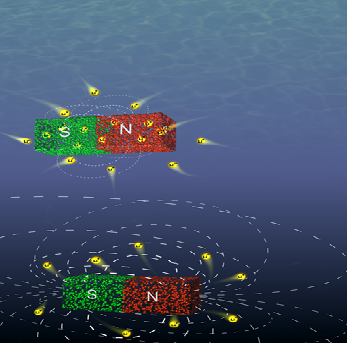
Exploring novel materials with fully-reversible tunability of magnetism of magnetism via application of electrical stimulus.
Tunables
Developping new metallic materials with enhanced properties
MSPN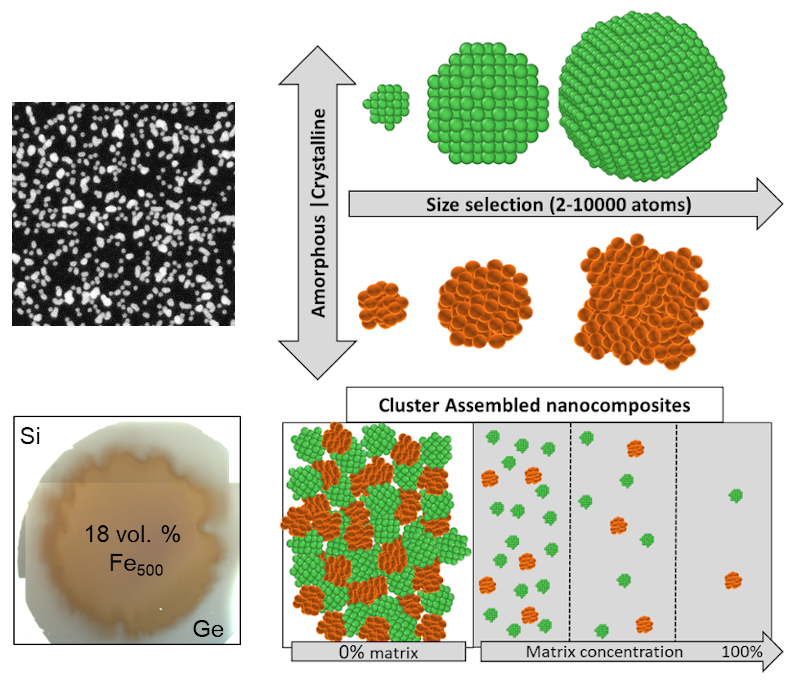
Investigation and development of synthesis methods, properties, and assembling of clusters.
Clusters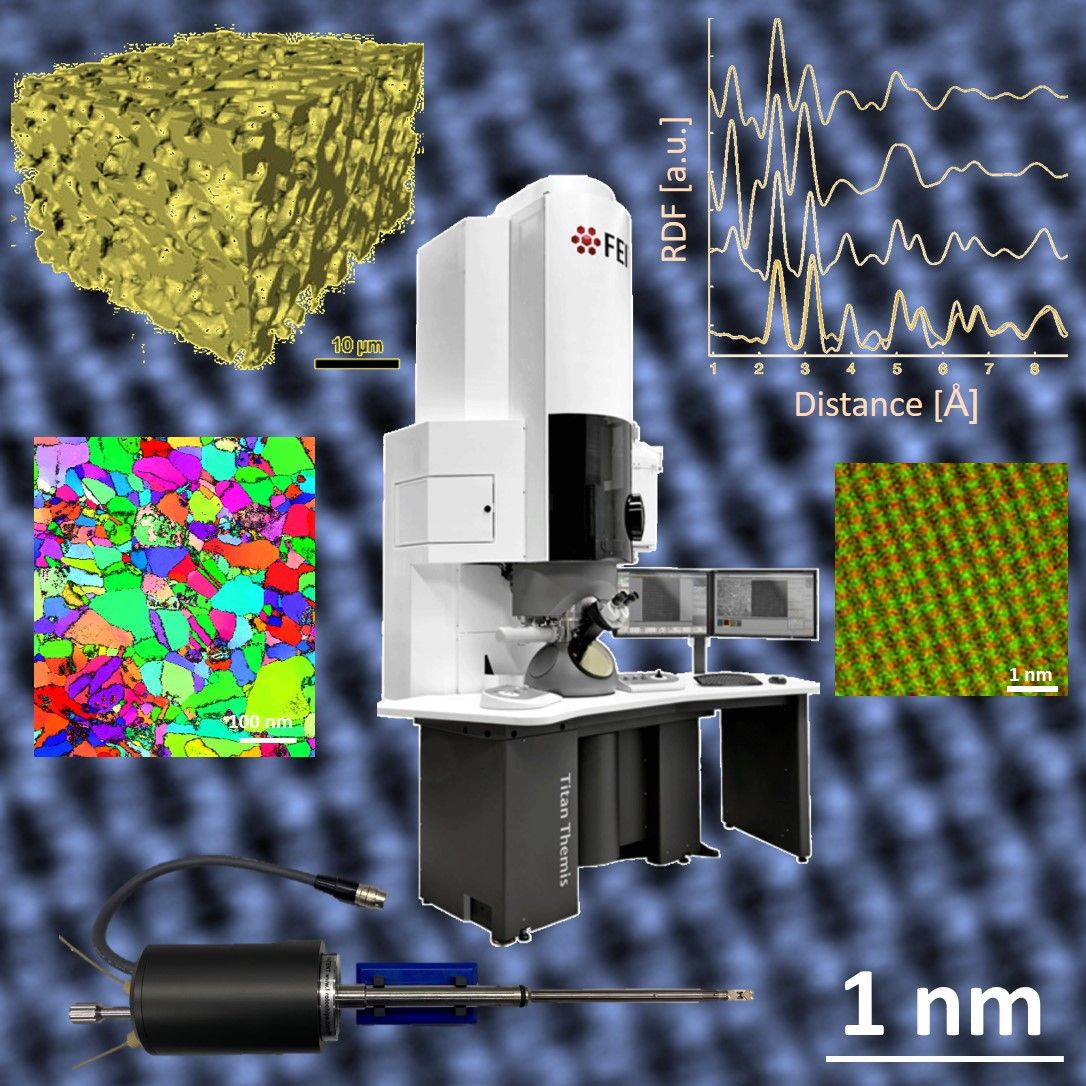
Advanced structural, compositional and functional materials characterization for correlations between synthesis/processing and properties/functionality
EMSL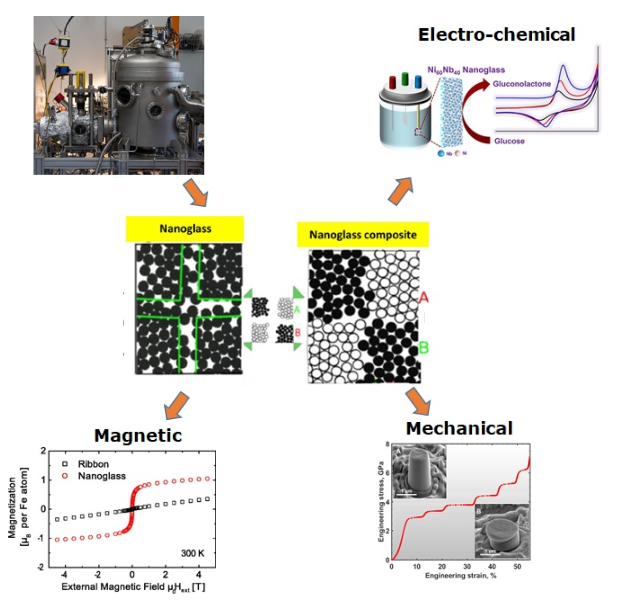
A novel class of non-crystalline materials with controllable atomic/electronic structures corresponding to the structures of modern technologically utilized crystalline materials.
Nanoglasses